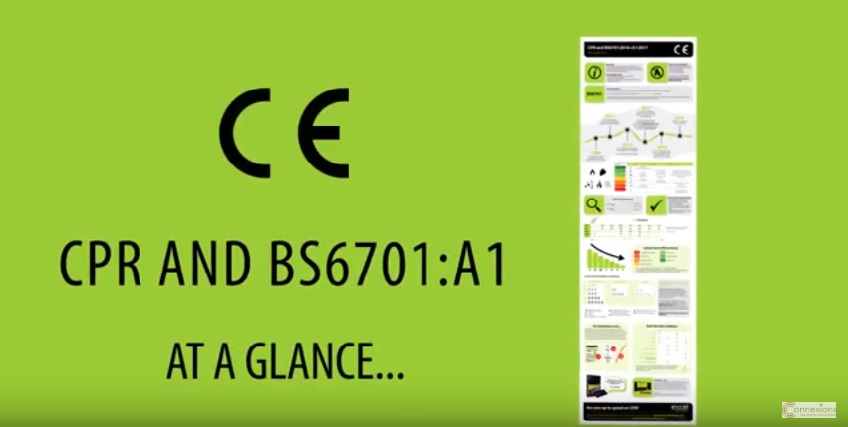What is CPR?
CPR stands for construction products regulation, denoting a new mandatory European language to express the performance of construction products in the face of fire, ultimately categorising products into performance classes.
When will this happen?
The “co-existence” period began on 1st June 2016 and operated for 12 months. From 1st July 2017, cables that are within scope and placed onto the EU market must meet CPR requirements. Products in the market prior to 1st July 2017 and not CE-marked can be sold and installed without breaching CPR, however anything placed in the market after this date must adhere to the regulation.
Why the update?
Every year, many people die or are seriously injured as a result of building fires across the European Union. In 2015/16 in the UK alone, 17% of building fires were caused by structures and fittings within a building. Proportionally, 10% of casualties and 4% of deaths were caused by fire as a result of structures and fittings, hence the importance of ensuring that all permanently installed cables are regulated to be as safe as possible to protect lives. Ultimately the objective of CPR is to improve building safety by creating a common set of performance characteristics at national level to ensure everyone in the supply chain complies with the same set of standards. CPR is key for saving lives, helping to provide a safer environment by creating a maximum time-frames for people to evacuate a building in the event of a fire.
Which products are affected?
Any cable which is deemed to be permanent once installed is within the scope of CPR, covering power, data and communication cables. In the case of data and communications cables, copper, fibre, coax, and multi-conductor cables are covered, with the exception of patch leads.
Download this pocket guide for more information about the CPR update



